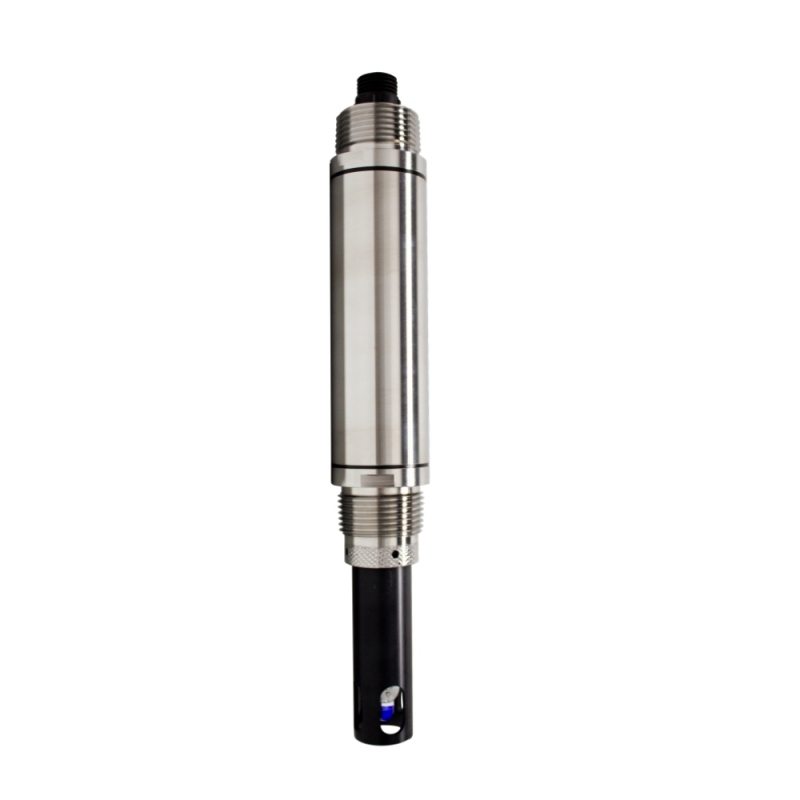Watch out for the seven traps of the crib
When choosing a crib for your newborn, have you considered the hidden dangers that could put your baby’s safety at risk? Not all cribs on the market are designed with safety in mind. How can you ensure you’re selecting the best crib to support your baby’s growth and development? Here’s a detailed guide to help you avoid common pitfalls.
Trap One: Guardrails
Safety Hazard: A baby’s skull is still soft and malleable. If the gaps between the crib rails are too wide, there's a risk that your baby’s head could become stuck between them.
How to Avoid: When shopping for a crib, bring a ruler with you. The space between the guardrails should be no more than 4.5 cm to 6.5 cm. As a quick test, try inserting a soda can into the gap—it should not fit through.
Trap Two: Mattress Fit
Safety Hazard: A mattress that doesn’t fit properly can create dangerous gaps where your baby’s limbs or face might get trapped. Soft surfaces can also lead to suffocation if the baby rolls into a pile of blankets or pillows.
How to Avoid:
- Push the mattress to one side and check the gap between it and the crib’s edge. If you can fit two fingers in the space, the mattress is too small.
- Make sure the mattress support system is secure. Any loose parts should be fixed immediately.
- Avoid placing your baby on soft surfaces like waterbeds, bean bags, or anything with wrinkles or folds that could trap their face.
Trap Three: Straps and Ropes
Safety Hazard: Long ropes or straps can pose a strangulation risk if they get tangled around your baby’s neck or body.
How to Avoid:
- If the crib has a bumper, make sure any extra straps are cut short so your baby can’t chew or get entangled.
- Check all toys, pacifiers, and bedding for long strings or cords—keep them under 18 cm in length.
- Once your baby can sit up, remove all bumpers from the crib to prevent accidents.
Trap Four: Pillows, Blankets, and Bedding
Safety Hazard: Soft bedding, pillows, and thick blankets may seem cozy, but they can block your baby’s airway if they roll onto them.
How to Avoid:
- Avoid using large pillows, thick blankets, or plush toys in the crib.
- Use a fitted sheet and tuck it tightly around the mattress to prevent wrinkles.
- Do not use plastic mattress covers or waterproof sheets that could cover your baby’s face.
- Ensure the bedding is just right—not too tight, so your baby can move freely.
Trap Five: Hanging Toys
Safety Hazard: Hanging toys can become a danger once your baby starts crawling, as they can get tangled in the strings or ropes.
How to Avoid:
- Never leave hanging toys unattended near the crib.
- Keep toys out of reach until your baby is older.
- Once your baby can sit up, remove all hanging toys to prevent potential choking or strangulation hazards.
Choosing the right crib is an important step in keeping your baby safe and comfortable. By being aware of these common dangers and taking the necessary precautions, you can create a safer sleeping environment for your little one. Always stay informed and proactive when it comes to your baby’s safety.
Description
A pH sensor, also known as a pH probe, is a specialized device used to measure the acidity and alkalinity (pH value) of solutions in various water bodies. The sensing elements of pH meters are pH sensors and probes, and selecting the right pH sensor/probe is crucial for optimizing measurement results.

What is pH?
pH, or the hydrogen ion concentration index, is a dimensionless measure used to evaluate the acidity or alkalinity of aqueous solutions. A lower pH value indicates a more acidic solution, while a higher value indicates a more alkaline solution. The pH is calculated based on the negative logarithm of the hydrogen ion (Hâº) concentration in the solution: pH = -log[Hâº]. This principle not only provides a quantitative foundation for acid-base theory but also plays a vital role in practical applications.
Importance of pH Control
Precise control of pH is crucial in many fields, including water treatment, environmental monitoring, agricultural irrigation, and food processing. For instance, in sewage treatment, adjusting the pH can effectively promote microbial activity and enhance treatment efficiency. In agricultural production, an appropriate soil pH is essential for healthy crop growth. In the food processing industry, maintaining stable pH levels is vital for ensuring food safety and quality. Our high-precision, fast-responding, and stable pH sensors have become indispensable monitoring tools in these fields, aiding users in achieving precise control, optimizing process flows, and ensuring product quality and environmental safety.
About Daruifuno
As a supplier and manufacturer of pH sensors and probes, Daruifuno is a trusted partner in water quality analysis. We are dedicated to excellence and innovation, offering cutting-edge solutions tailored to meet the evolving needs of our customers. If you are searching for pH sensors and probes with reliable quality, diverse functionalities, and competitive prices, Daruifuno's sensors and probes are your ideal choice. Our products are designed to deliver precise and dependable results, empowering you to make informed decisions regarding water quality management.
pH Sensor,pH Probe
Suzhou Delfino Environmental Technology Co., Ltd. , https://www.daruifuno.com
